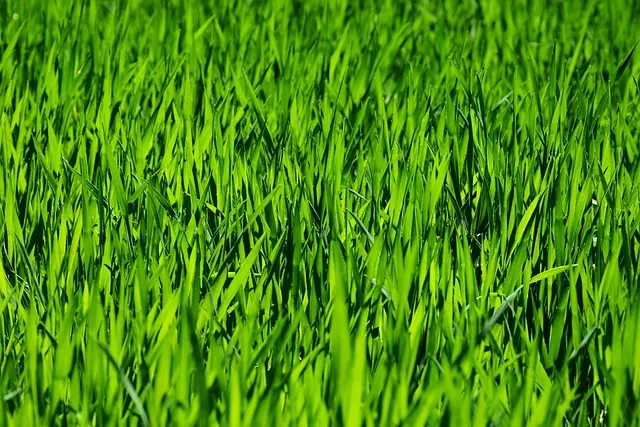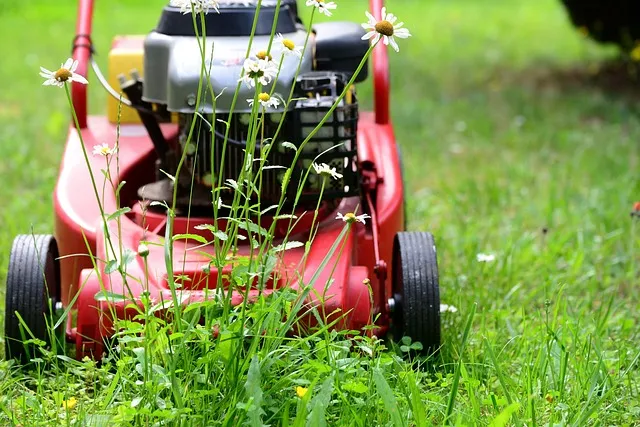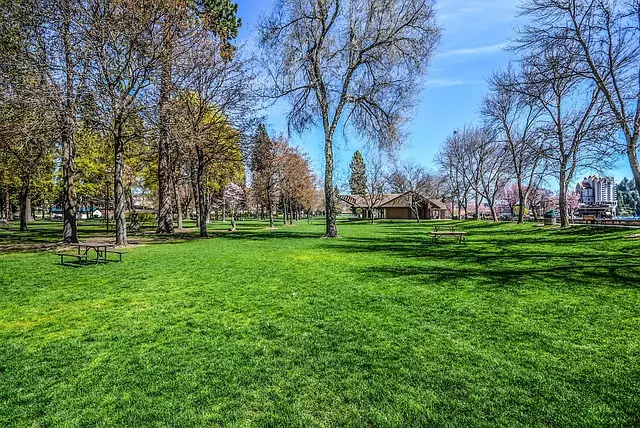Mulching and edging are essential lawn care practices. Mulch improves soil health, conserves water, and suppresses weeds, while edging defines grass boundaries and prevents weed growth. Combining these techniques enhances aesthetics, reduces maintenance, and fosters robust, healthy grass growth, ultimately creating a beautiful, low-maintenance landscape.
Transform your lawn into a picture of perfection with effective mulching and edging techniques. This comprehensive guide explores the art of Lawn Care and Landscaping, focusing on the benefits and best practices of mulching, as well as sophisticated edging strategies. Discover how these simple yet powerful tools enhance your outdoor space, promoting healthy grass growth while creating sharp, professional edges. Learn the secrets to achieving a lush, well-maintained lawn that becomes the envy of your neighborhood.
- Understanding Mulching: Benefits and Best Practices
- Edging Techniques for Neat and Professional Lawns
- Combining Mulching and Edging for Optimal Lawn Care and Landscaping
Understanding Mulching: Benefits and Best Practices

Mulching is a crucial aspect of lawn care and landscaping, offering numerous benefits that contribute to a lush and healthy green space. When organic materials like wood chips, straw, or compost are applied to the soil surface, they act as a protective layer known as mulch. This natural insulator helps regulate soil temperature, retaining heat during colder months and keeping it cool in hot summers. One of its key advantages is water conservation; mulch reduces evaporation by shielding the soil from direct sunlight, encouraging deeper root growth, and minimizing weed growth.
Best practices for mulching involve applying a consistent layer of 2-4 inches across the lawn, ensuring even coverage. Avoid piling mulch against tree trunks to prevent rot and encourage insect infestation. Regularly replenish the mulch to maintain its depth, especially in high-traffic areas or where it may have been removed by weather or foot traffic. Mulching not only enhances aesthetics but also supports a balanced ecosystem by improving soil fertility and reducing maintenance requirements in lawn care and landscaping.
Edging Techniques for Neat and Professional Lawns

Edging Techniques for Neat and Professional Lawns
When it comes to lawn care and landscaping, edging plays a crucial role in defining the boundaries between your lawn and paths, driveways, or adjacent gardens. It not only enhances the overall aesthetics but also prevents grass from encroaching onto hardscapes, making maintenance easier. There are several edging techniques to choose from, each offering unique advantages. One popular method is using metal or plastic edgers that can create clean lines along walks and drives. These tools are easy to maneuver and effective for both straight and curved edges. For a more organic look, consider hand-held edge trimmers that allow for precise control around plants and decorative features.
Professional landscapers often employ string trimmers with adjustable edgers for versatile use. In areas with tight spots or challenging contours, a hedge trimmer can be utilized to shape and define edges seamlessly. Regular edging not only keeps your lawn looking neat but also highlights the beauty of your landscaping efforts. Whether you opt for traditional tools or modern equipment, mastering these edging techniques will contribute significantly to the overall curb appeal and maintenance efficiency of your lawn care and landscaping endeavors.
Combining Mulching and Edging for Optimal Lawn Care and Landscaping

Combining mulching and edging is a powerful strategy for enhancing lawn care and landscaping. Mulch, by retaining moisture and suppressing weeds, creates a healthier soil environment, while edging defines grass boundaries, preventing encroachment onto pathways and driveways. This dual approach not only improves aesthetics but also strengthens your lawn’s foundation.
By integrating these practices, you create a balanced ecosystem where organic material from mulch nourishes the soil, promoting robust grass growth, and precise edging ensures neatness and structure. This synergy enhances overall lawn health, reduces maintenance requirements, and contributes to a stunning landscape that requires less effort to maintain.
Mulching and edging are essential practices in lawn care and landscaping, offering numerous benefits such as soil enrichment, weed suppression, and aesthetic enhancement. By understanding the best practices for each and combining them effectively, homeowners can achieve a neat, professional look that not only improves curb appeal but also contributes to their lawn’s overall health and longevity. These simple yet powerful techniques are key to maintaining a lush and vibrant outdoor space.
